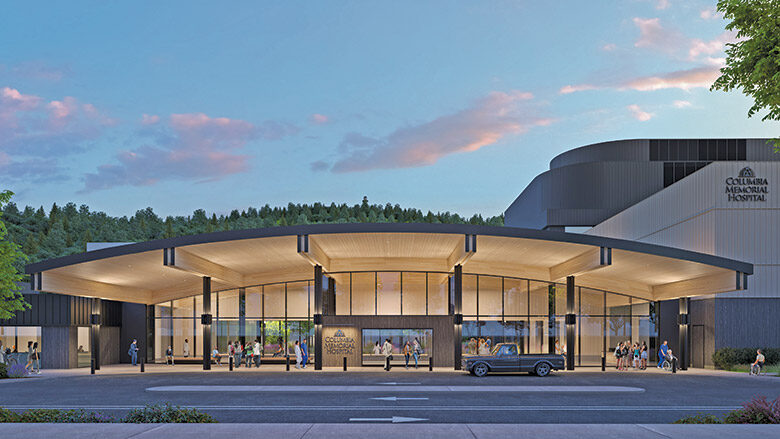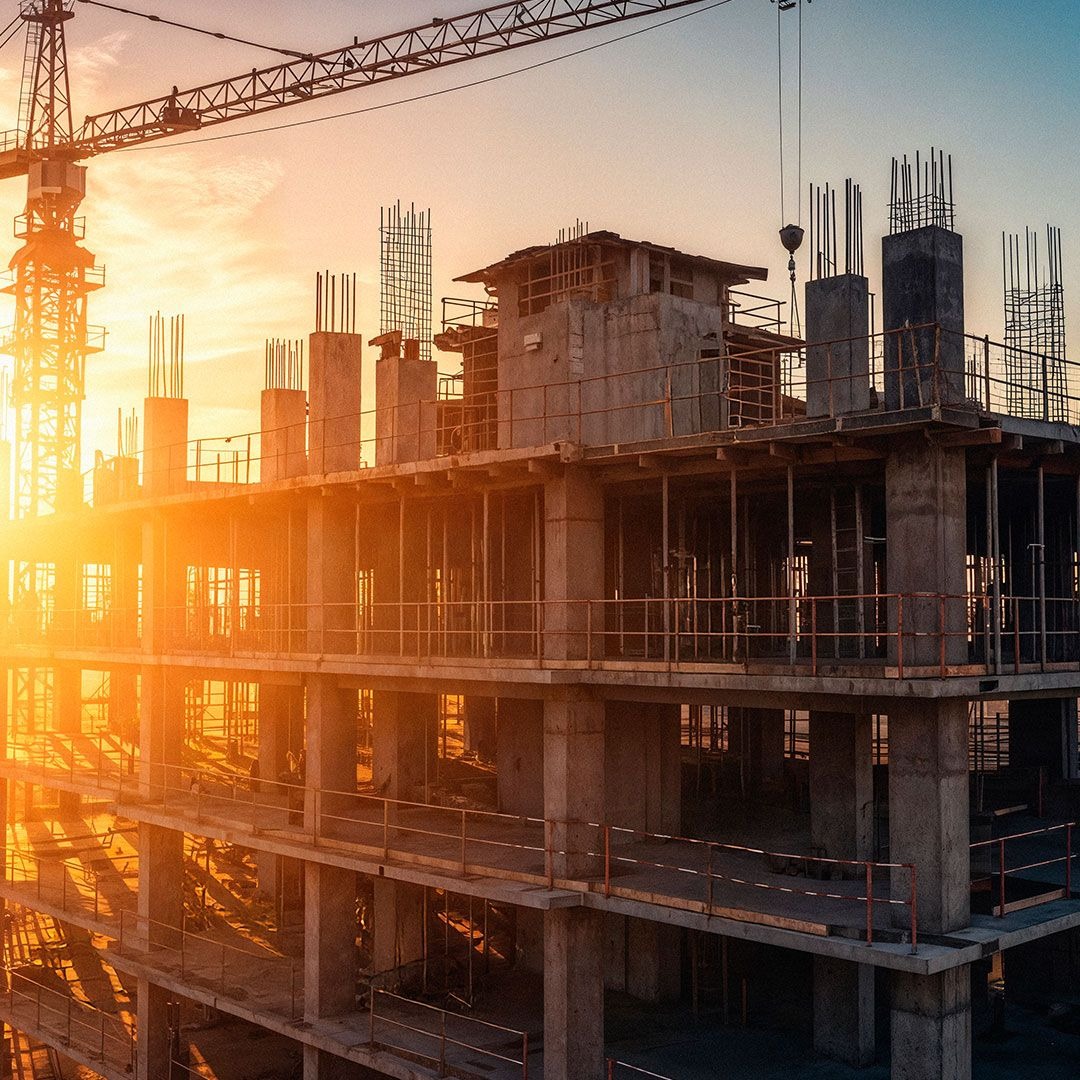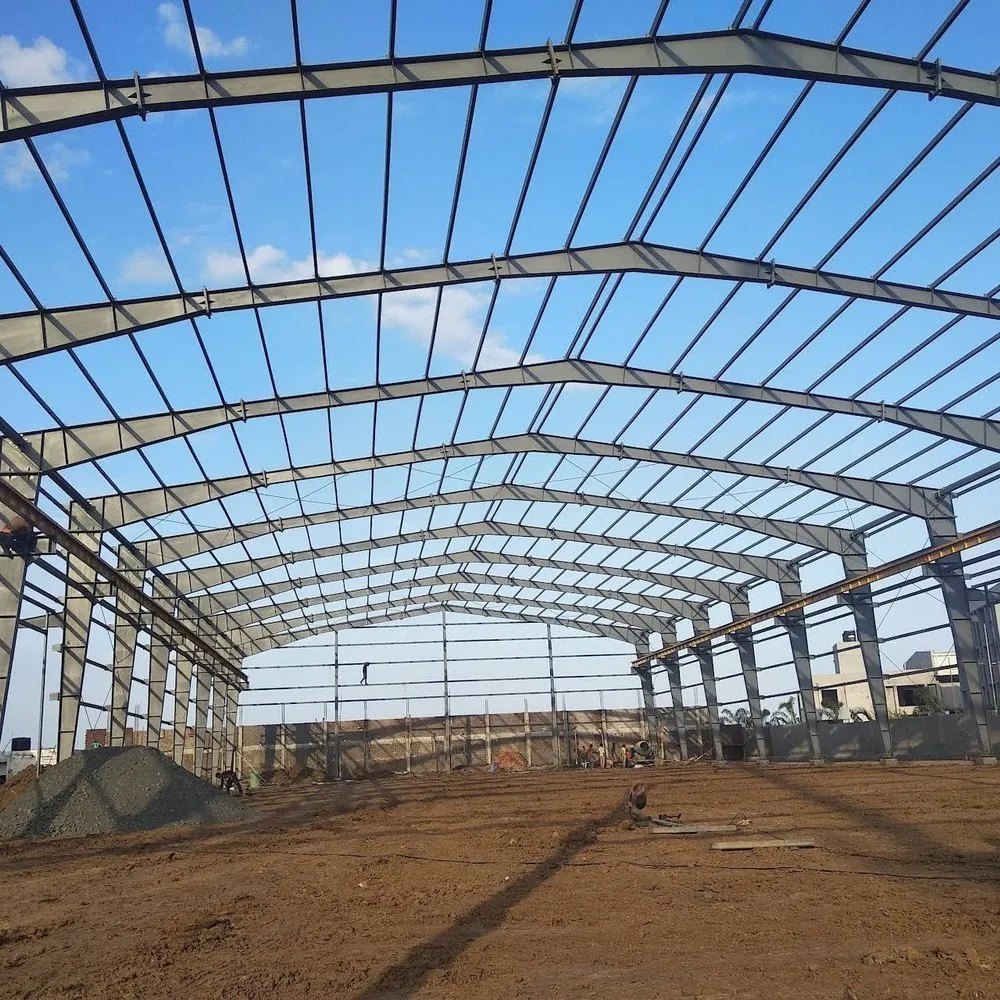
Construction Weathers Uncertainty in Portland, Ore.

Solvei Neiger
Managing Partner
ZGF Architects
Portland, Ore., is a continent away from Washington, D.C., but the local construction industry is waiting to feel the effects of decisions being made in the nation’s capital.
“The recent federal government roller coaster is leading to uncertainty among owners, some of whom are putting projects on hold in hopes that the economy will stabilize,” Neiger says.
There is evidence the construction pipeline is shrinking as hesitation takes hold in certain market sectors, she says. The question is how severe the stall may become.
“Like the rest of the country, there is uncertainty in Portland around how a volatile economy will impact labor and construction costs and overall project budgets.”
Still, she says, positive prospects are not completely absent on the horizon.
The potential for increased investment from private owners may help offset delays in federally funded endeavors.
Additionally, many in Oregon are hoping there is a break in business taxes to allow for new businesses and opportunities locally and within the state, she notes.
While the Portland market is not immune to the wider challenges facing the AEC industry, it is certainly faring better than most. According to Dodge Data & Analytics, total construction starts reached a nadir of $5.7 billion in 2023, but they have rallied since. Starts are projected to exceed $9.3 billion next year.
Non-residential and non-building starts are expected to hold steady through 2026 at $3.2 billion and $2.5 billion, respectively.
Growth is to be found elsewhere. Residential building starts are expected to exceed the 2022 total of $3.5 billion by next year, with both single-family and multifamily projects on the upswing.
“We are seeing more focus on infrastructure and public projects to support a growing population as well as data centers and warehouses,” Neiger says. “We are also seeing increased interest in master planning projects.”
Neiger says that many of ZGF’s health care clients are paying increased attention to ensuring resiliency in their facilities.
The approach not only helps them meet the needs of the communities they serve but allows them to integrate improvements that will help reduce operational costs. For example, the investment in energy-efficient buildings ensures a facility is able to weather the impacts of a changing climate.
One of ZGF’s standout health care projects is the ongoing expansion of the Columbia Memorial Hospital in Astoria, Ore. The design includes 180,000 sq ft of new construction, including a critically needed expansion of the emergency department. The project includes operating rooms, larger patient rooms, imaging services, a new chapel and dining facilities.
The project builds in resilience through the inclusion of a first-of-its-kind tsunami vertical evacuation shelter integrated into a critical-access hospital.
Transportation is another sector where opportunities may materialize if funding can be sorted out.
One project much of the region is watching closely is the effort to replace the Interstate 5 Bridge spanning the Columbia River between Oregon and Washington state. The $6-billion project is seen as critical for the future of the region, and the federal government has already pledged to provide a third of that amount.
It’s unknown if the new administration will choose to pull back the funding that has been pledged to the project or allow future funding to move forward.
One local transportation effort that was completed recently is the Portland International Airport Main Terminal Expansion.
ZGF served as the designer for the $2-billion effort. The 1-million-sq-ft expansion doubles the capacity of PDX and features a one-of-a-kind, 9-acre, mass timber roof. The roof design was influenced by cost and constructibility, but it was also chosen as a nod to the Pacific Northwest’s thriving timber industry.
Taking advantage of the opportunities that present themselves in the near future will require navigating a host of woes that have beset the wider industry, Neiger says.
“While some supply chain and material availability issues that impacted the industry over the past few years are stabilizing,
we are now waiting to understand how potential tariffs will impact both costs and availability,” she says.
Another concern, Neiger notes, is the limited amount of skilled labor.
According to Associated General Contractors of America (AGC), last year only two metro areas in the country experienced a greater drop in construction employment than Portland.
The Portland-Vancouver-Hillsboro, Ore.-Wash., area lost 4,200 jobs between November 2023 and November 2024.
Post a Comment
You must be logged in to post a comment.





